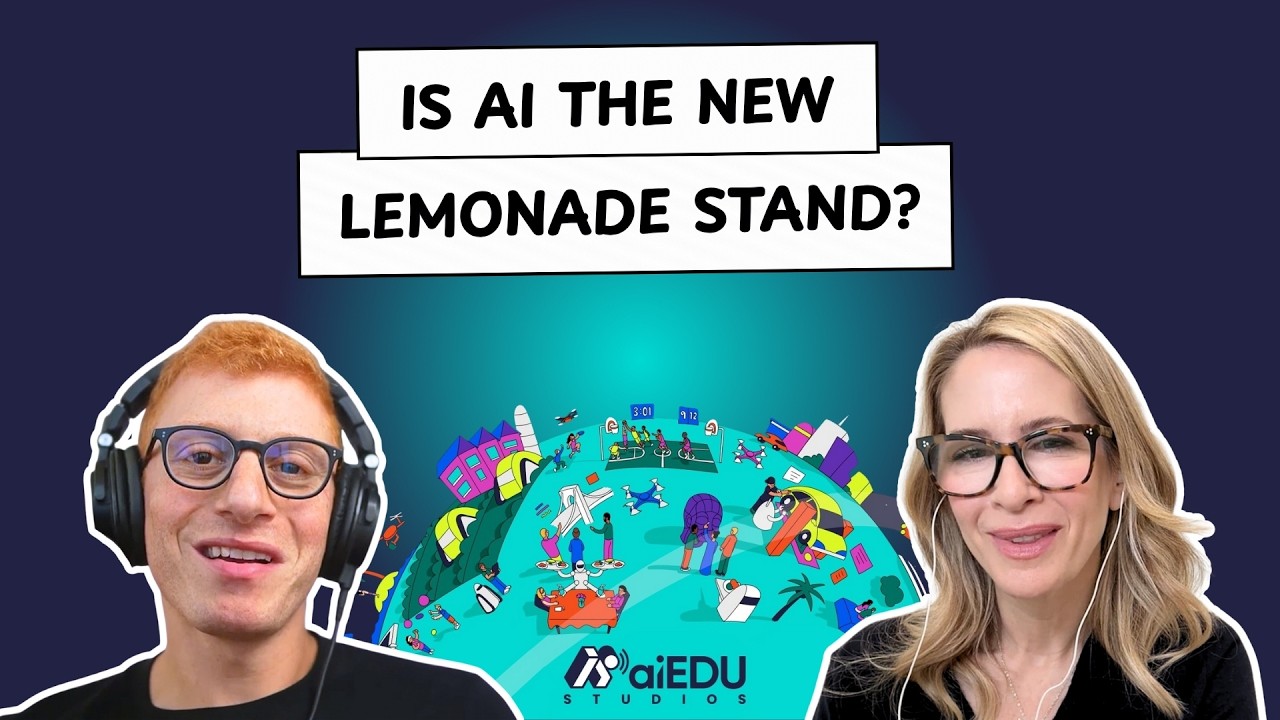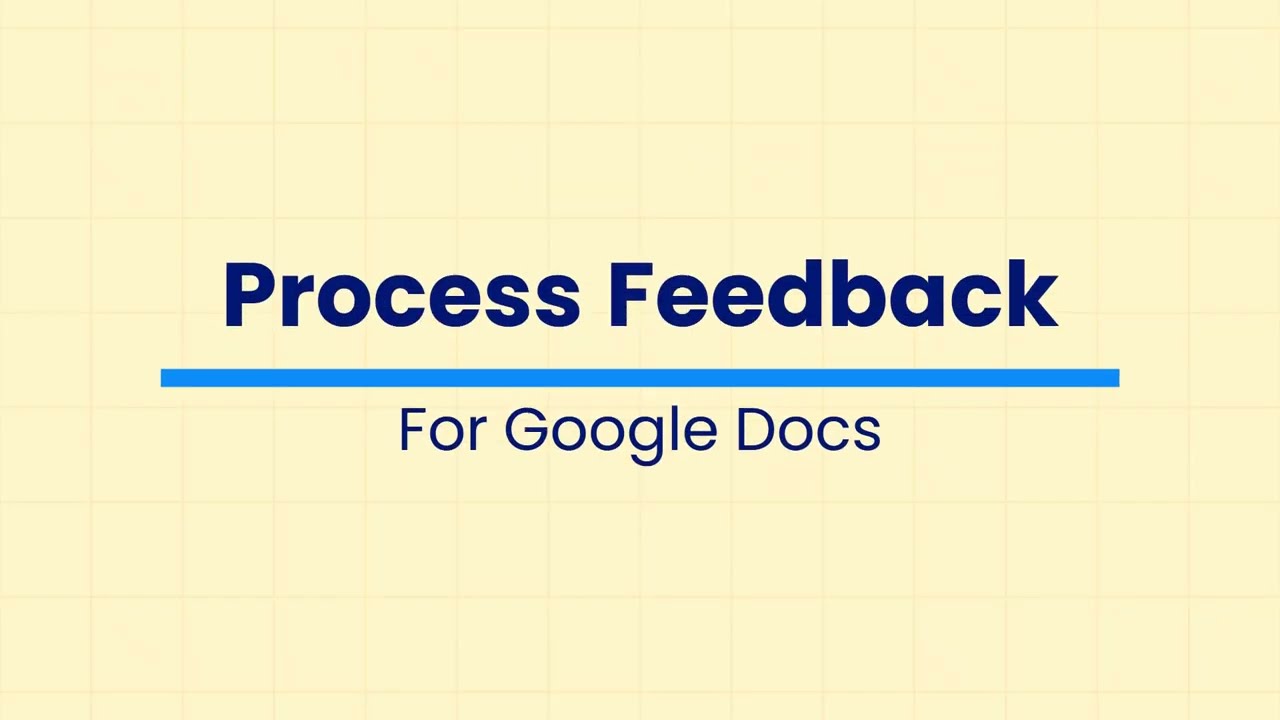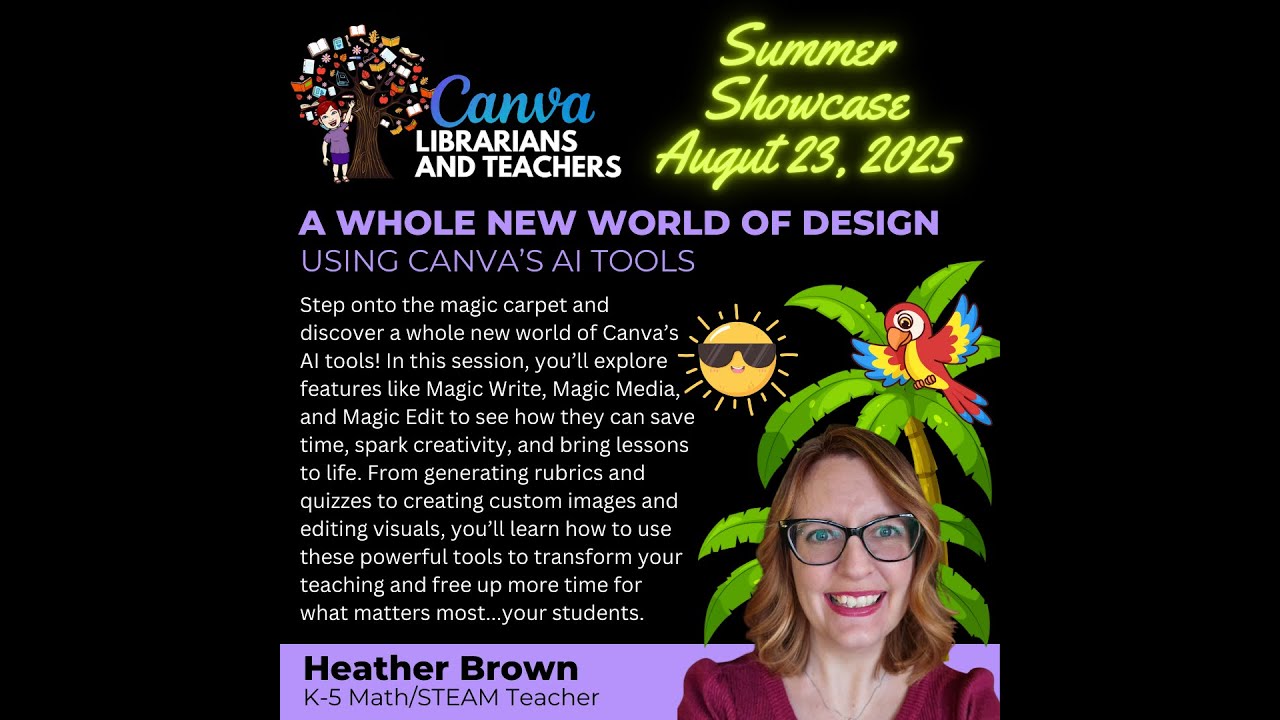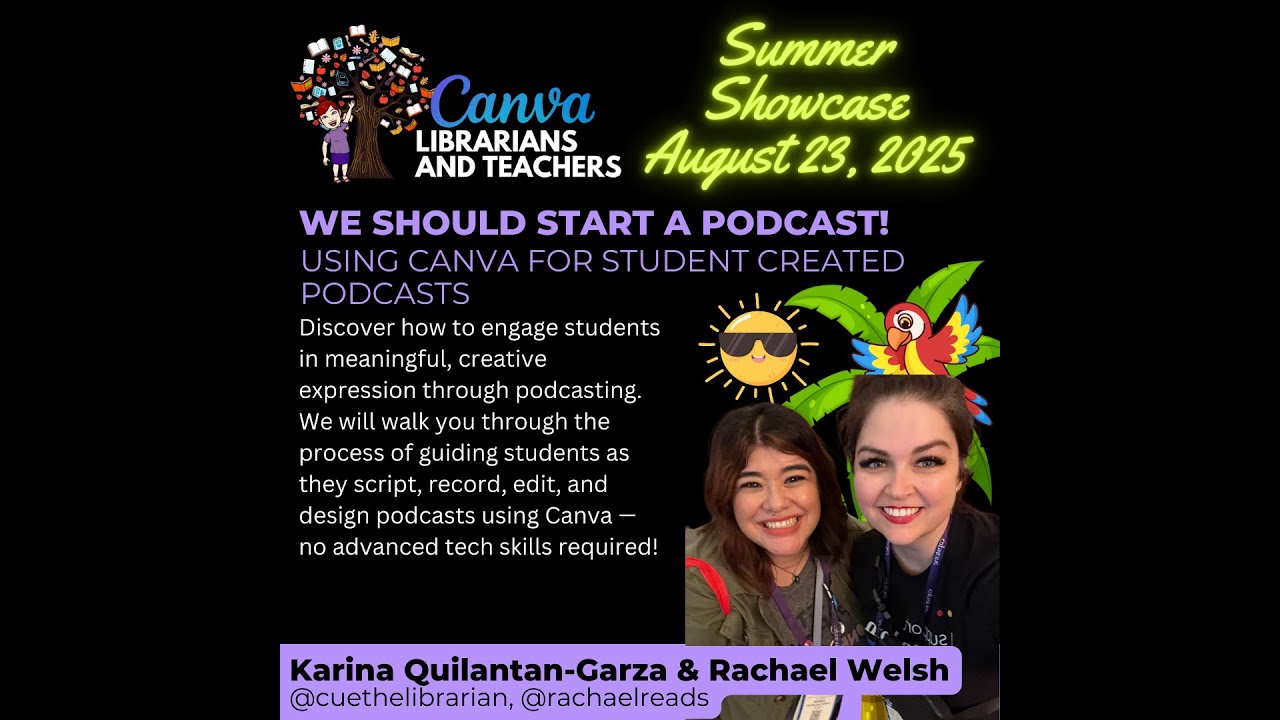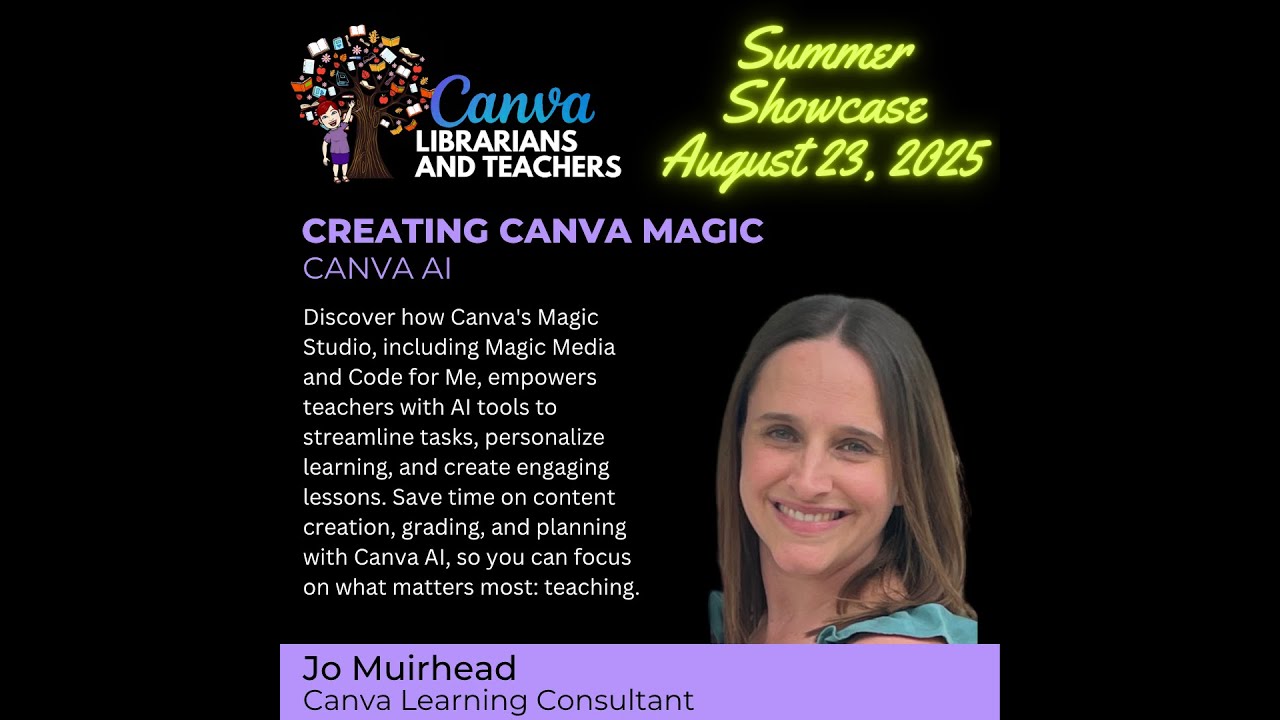📌 핵심 요약 GSV 150 발표: AI 기반 디지털 학습 및 직무 교육 분야 글로벌 상위 150개 기업 선정 규모: 150개 기업 합산 연매출 500억 달러, 누적 학습자 30억 명 이상 수익성 개선: 3분의 2가 현금흐름 흑자, EBITDA는 2025년 대비 14% 상승 고성장 기업들: Cursor, Synthesia, MagicSchool 등 연매출 5천만 달러 이상에 매년 2배 이상 성장 Wayground(전 Quizizz): K-12 부문 인도 기반 기업으로 선정 전 세계 3,000개 중 상위 150개 기업 GSV는 전 세계 3,000개 이상의 기업을 분석해 디지털 학습과 직무 교육 분야에서 가장 빠르게 성장하는 150개 기업을 선정했습니다. 매출 규모, 성장 속도, 사용자 수, 글로벌 확장성, 수익성을 기준으로 평가했으며, 올해는 처음으로 상장 기업까지 포함했습니다. 150개 기업을 합치면 연매출 500억 달러, 누적 학습자 30억 명을 넘습니다. 수익성도 크게 개선돼 3분의 2가 현금흐름 흑자를 기록했고, EBITDA는 전년 대비 14% 상승했습니다. 올해만 55억 달러 이상을 투자받았습니다. 개발자 도구가 교육 기업 명단에? 흥미로운 건 명단의 면면입니다. 개발자 AI 도구 Cursor, AI 영상 제작 Synthesia, 언어 학습 Speak, 음성 AI ElevenLabs, 코딩 교육 Replit, 교사용 AI MagicSchool까지. 모두 연매출 5천만 달러 이상에 매년 2배 이상 성장 중입니다. AI를 활용한 오디오·비디오 기반 학습 경험이 교육의 경계를 흐리고 있습니다. 코딩 도구가 학습 도구가 되고, 영상 제작 툴이 교육 콘텐츠가 되는 시대입니다. 어디서, 누구를 위해 성장하나 부문별로는 K-12(53%), 직장인 교육(43%), 대학 교육(37%)이 주를 이룹니다. 지역별로는 북미가 64%로 압도적이며, 유럽 14%, 인도 9%, 중국 6%가 뒤를 잇습니다. Wayground가 증명한 것 Wayground는 인도 기반 K-12 기업으로 선정되었습니다. "AI가 아닌 교사가 주인공"이라는 철학으로 교사들에게 창의성을 발휘할 시간을 돌려주는 도구를 만들어왔습니다. 이번 선정은 기술이 도구이고, 사람이 중심이라는 방향이 시장에서 통한다는 증거입니다. https://www.asugsvsummit.com/gsv-150











